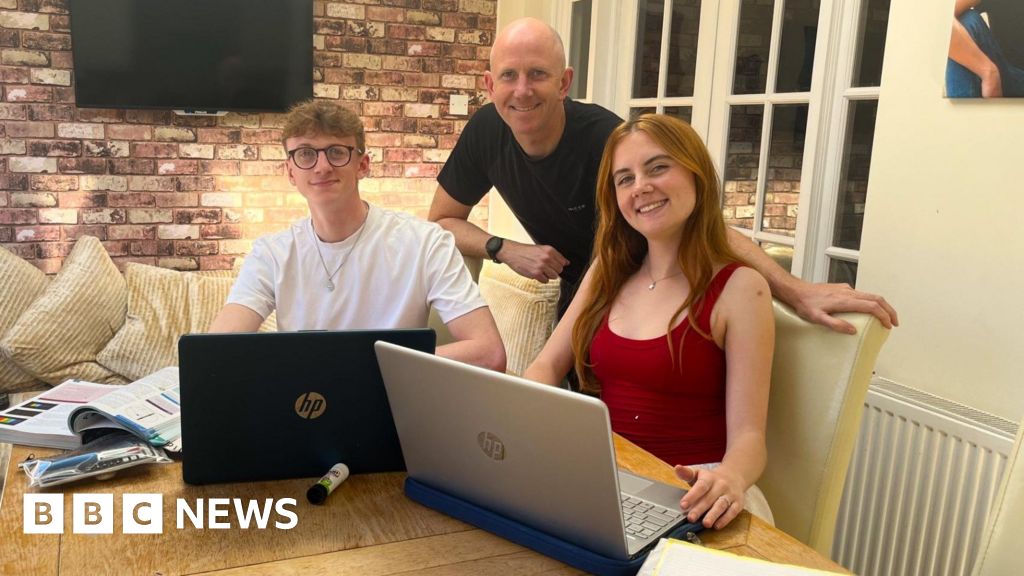DOGE Terminates Program to Support Teens with Disabilities, Leaving Families Heartbroken

In a surprising move, Elon Musk's Department of Government Efficiency (DOGE) has abruptly terminated a crucial program aimed at assisting teens with disabilities in their transition from high school to adulthood. This decision, announced on February 10, has left many families devastated, particularly those who had just begun to see the benefits of the initiative. The program, known as Charting My Path for Future Success, was designed as a research-based effort to provide vital support to students facing the often daunting challenges of moving into college or the workforce.
When you visit DOGE's official website, a summary titled Wall of Receipts showcases over 7,000 federal contracts that have been terminated, including Charting My Path. However, the website provides scant details about the underlying reasons for these cuts, leaving families navigating the consequences of these decisions with little clarity or recourse. The lack of transparency has raised concerns among stakeholders about the real impact of these cancellations.
The Charting My Path initiative had enrolled approximately 1,600 high school juniors in 13 school districts across states such as Virginia, Arizona, and Georgia, and its cancellation has impacted countless students. Madi Biedermann, a spokesperson for the U.S. Education Department, stated that the program was terminated due to its questionable implementation and the assertion that a significant portion of its $43 million budget was being allocated to contractors instead of directly benefiting the students.
Among those affected is Jessie Damroth, a mother from Newton, Massachusetts, whose 17-year-old son Logan was part of the program. She expressed her devastation upon learning of the program's termination, saying, I cried all day. Logan, who is a junior at Newton South High School, had been looking forward to the opportunities provided by the program, which aimed to prepare him for a future in college and beyond.
Logan, who prefers to keep his last name private, is not only a bright studentexcelling particularly in physicsbut also a young man facing significant challenges due to a rare genetic disorder affecting him and his family. His aspirations include pursuing a degree in either physics or genetics, fields he feels passionate about. However, the road ahead is fraught with obstacles, including medical appointments that often lead to missed school days and fatigue that can sometimes leave him struggling to stay alert in class.
With the right supports, the sky's the limit for him, Damroth stated, emphasizing the crucial role that programs like Charting My Path could play in ensuring a successful transition for students like Logan.
Under the program, students received tailored support ranging from personalized mentoring to workshops focused on setting and achieving their goals. John Curley, Logan's special educator, highlighted how Charting My Path shifted the traditional dynamic where teachers typically lead; instead, students took charge, fostering a sense of ownership and agency over their futures.
As part of the program, students were divided into groups receiving varying levels of support, including one-on-one mentoring and family engagement. This approach was rooted in research indicating that students with disabilities who receive quality transition services are more likely to secure employment and pursue post-secondary education.
Logan's experience with Charting My Path had been transformative. He reported feeling invigorated about his education and future plans, sharing his hopes of becoming a professor in the fields of physics or genetics. His mother noted the noticeable change in her sons enthusiasm and aspirations, stating, I had never seen my high schooler so interested in her future.
Despite the promising start, just weeks into the program, Logan and his peers received the shocking news of its termination. Damroth expressed her frustration on social media, arguing that closing such programs without warning creates a painful and abrupt end for students who were finally beginning to find their footing. To have that door opened and then slammed shuttheres no transition time, no closure for those kids, she lamented.
As for DOGE's rationale, spokesperson Madi Biedermann indicated that the cancellation followed a review that revealed significant allocations of the budget to vendor overhead rather than direct support for students. A significant payment of $600,000 to a low-performing subcontractor was also highlighted as a concern. However, the primary vendor involved, the American Institutes for Research (AIR), contends that they had been fulfilling their obligations under the contract and that the costs were pre-negotiated with the Department of Education.
Despite the official narrative, many individuals closely associated with the program dispute claims regarding financial mismanagement, arguing that a substantial amount of funds had already been allocated to beneficial services prior to the program's termination. As a result, educators and researchers are left without a clear understanding of how the program might have continued to evolve and support students.
In the aftermath of the cancellation, Logan expressed his feelings of anger and confusion about the sudden termination, stating, It hurt a lot because that was the support I needed and now its just gone. As the educational community reflects on this abrupt conclusion to Charting My Path, many, including John Curley, believe that cutting such initiatives represents a lost opportunity for students with disabilities to thrive.





















